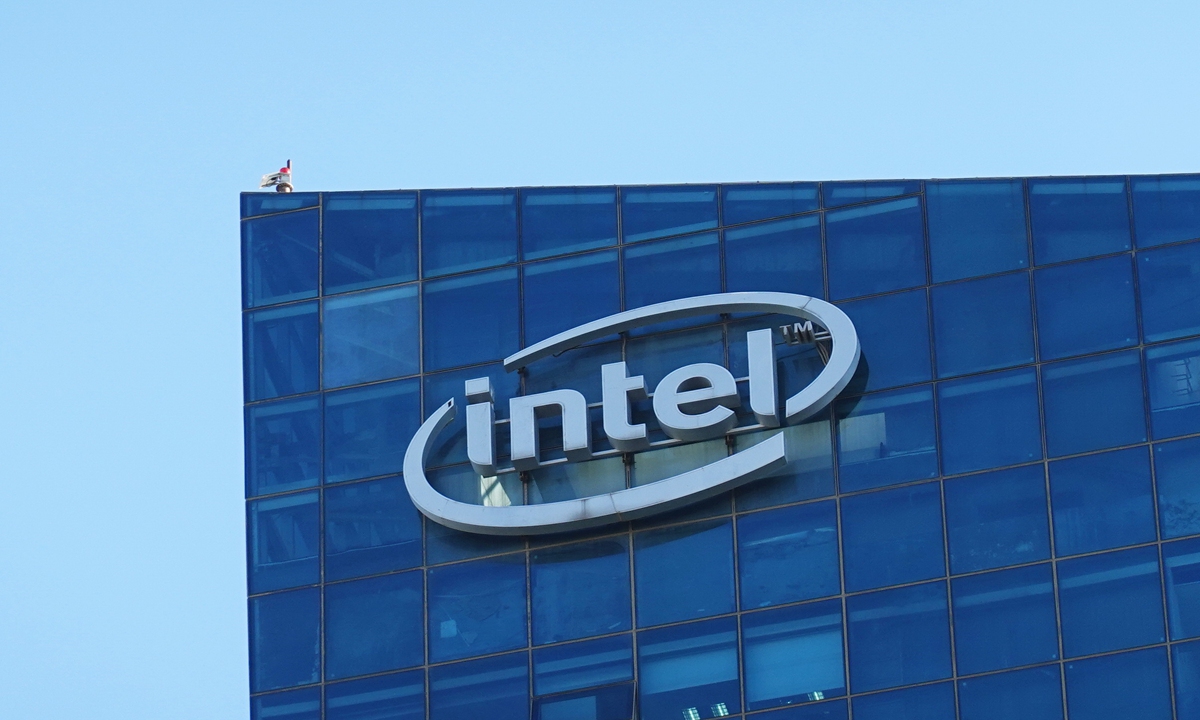OpenAI's Strong Revenue Amid Computing Challenges

The recent announcement by OpenAI, reporting a stunning billion dollars in revenue in just one month, signals a pivotal moment not only for the organization but for the broader artificial intelligence (AI) industry. This rapid ascent highlights the escalating demand for AI capabilities globally, stirring intrigue and concern among investors, regulators, and consumers alike. However, this success comes tethered to a notable challenge: the overwhelming demand for computing power, as articulated by CFO Sarah Friar. One must ask, can OpenAI maintain this momentum given the infrastructure constraints surrounding AI technologies?
OpenAI's growth strategy, underscored by anticipated revenues projected to triple to $12.7 billion this year, reflects advantageous market conditions for AI-driven enterprises. The collaboration with stalwarts like Microsoft, as well as emerging partners such as Oracle and Coreweave, suggests a necessary diversification of resources to mitigate supply chain vulnerabilities. Historically, tech firms confronting resource shortages often face a bottleneck in scaling operations. However, unlike the dot-com bubble where many tech firms faltered due to misguided investments, OpenAI presents a more cautious approach by investing proactively in data centers and computing infrastructure to sustain its growth trajectory. This strategic alignment not only expands its operational capabilities but also fosters innovative product development—evidenced by the launch of the latest ChatGPT-5 model.
While the partnership ecosystem Paints an optimistic picture, one must critically assess the potential risks associated with such aggressive growth. The computing resources required for AI training demand significant capital investment, possibly leading to unsustainable debt levels or operational inefficiencies in the long term. In 2008, we witnessed how excessive leverage in financial institutions culminated in a financial crisis. Could a similar narrative unfold in the tech sector if firms like OpenAI misjudge market saturation or overcommit to expansion without a clear path to profitability? Furthermore, unintended consequences might arise from the swift push towards automation; the labor market may see disruptions as AI integration accelerates within various sectors, which economies must grapple with.
As we look ahead, the dynamics between burgeoning demand for AI solutions and the requisite computing architecture will shape not only OpenAI's future but also that of its stakeholders. Investors may remain buoyed by the company's robust revenue trajectory, yet they ought to be vigilant about potential pitfalls associated with resource constraints and market responsiveness. Regulators are also urged to consider the ethical implications of AI’s transition from novelty to necessity, particularly as consumer preferences shift with every new iteration of AI offerings. Ultimately, the journey of OpenAI serves as a nexus for examining the balance between innovation and sustainability within the rapidly evolving tech landscape.
Read These Next

White House Confirms US Talks for 10% Intel Stake Amid Trust Concerns
US interest in Intel stake raises trust concerns in global markets, especially China, amid efforts to boost semiconductor competitiveness.

BaiOthay Signs Licensing Deal with STADA for Commercialization
Baibaotai and STADA signed a licensing deal for BAT1806 (Tocilizumab) in Europe, boosting both companies' market positions.

Maximizing Development Opportunities for Greater Potential and Advantage
China's reforms target economic growth, showing a 5.3% GDP rise and record exports, focusing on policy continuity and domestic demand.
